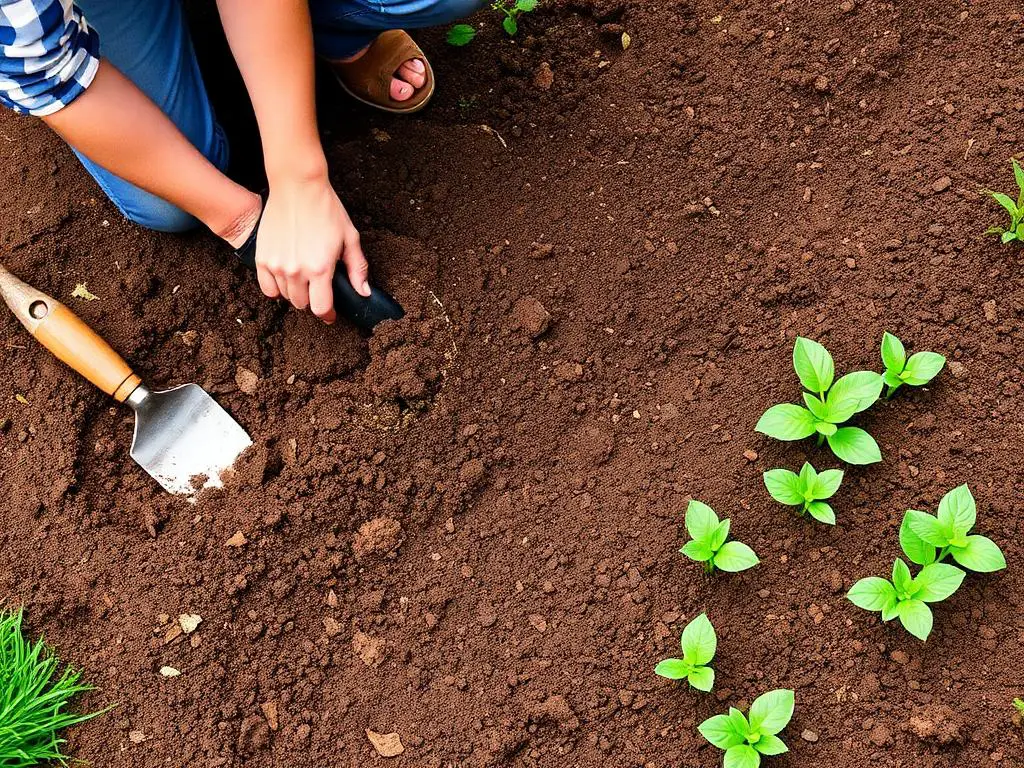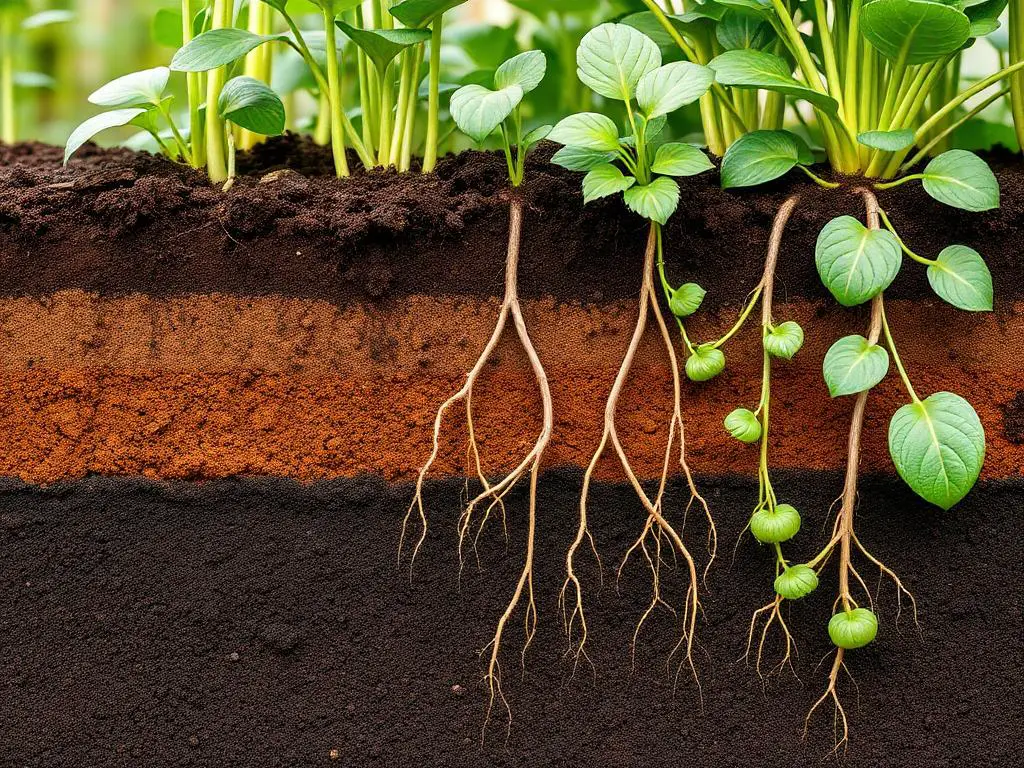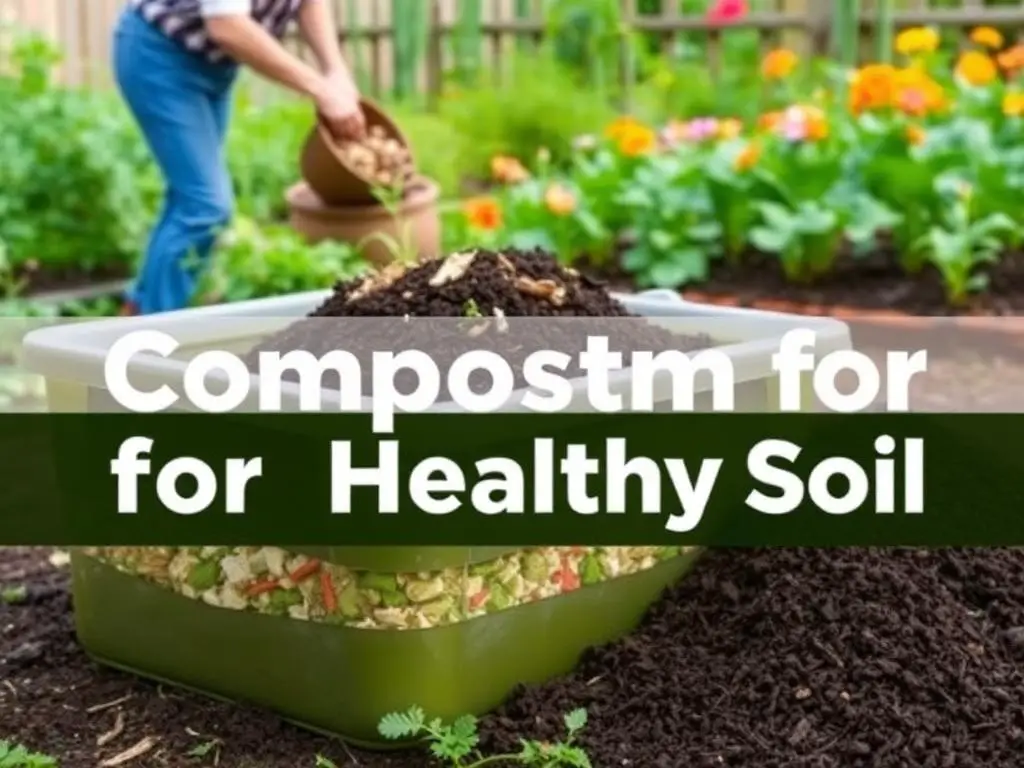Soil is the foundation of any garden, and its health directly impacts the growth and vitality of your plants. As a gardener, it’s essential to pay attention to the signs your soil is trying to communicate. Ignoring these signs can lead to poor plant health, stunted growth, and even plant death. Here are three critical signs in your soil that you should never overlook, along with what they mean and how to address them.
1. Compaction

What It Looks Like: Soil that feels hard and dense, making it difficult for water and air to penetrate. You may notice that water pools on the surface instead of soaking in, and plants may struggle to grow.
Why It Matters: Compacted soil restricts root growth and limits the availability of nutrients and water. This can lead to weak plants that are more susceptible to disease and pests.
What to Do: To alleviate soil compaction, consider the following steps:
- Aerate the Soil: Use a garden fork or aerator to create holes in the soil, allowing air, water, and nutrients to reach the roots more easily.
- Add Organic Matter: Incorporate compost or well-rotted manure into the soil to improve its structure and increase its ability to retain moisture and nutrients.
- Practice No-Till Gardening: Avoid tilling the soil excessively, as this can lead to further compaction. Instead, use mulch and cover crops to maintain soil health.
2. Poor Drainage

What It Looks Like: Soil that remains soggy or waterlogged for extended periods after rainfall or watering. You may also notice a foul smell or the presence of mold or algae on the surface.
Why It Matters: Poor drainage can lead to root rot and other fungal diseases, as plant roots need oxygen to thrive. Waterlogged soil can suffocate roots and create an inhospitable environment for beneficial microorganisms.
What to Do: To improve drainage in your garden:
- Amend the Soil: Add organic matter, such as compost or peat moss, to improve soil structure and drainage. Sand can also be mixed in to help with aeration.
- Create Raised Beds: If your garden is prone to flooding, consider building raised beds to elevate your plants above the waterlogged soil.
- Install Drainage Solutions: In severe cases, you may need to install drainage tiles or French drains to redirect excess water away from your garden.
3. Nutrient Deficiency

What It Looks Like: Signs of nutrient deficiency can manifest in various ways, including yellowing leaves, stunted growth, and poor fruit or flower production. Specific deficiencies may show unique symptoms, such as purple leaves (phosphorus deficiency) or browning leaf edges (potassium deficiency).
Why It Matters: Nutrient deficiencies can severely impact plant health and yield. Without essential nutrients, plants cannot perform vital functions, leading to weakened growth and increased vulnerability to pests and diseases.
What to Do: To address nutrient deficiencies in your soil:
- Conduct a Soil Test: A soil test can help you determine the nutrient levels in your soil and identify any deficiencies. Many local extension services offer testing kits.
- Fertilize Appropriately: Based on the results of your soil test, apply the appropriate fertilizers to replenish missing nutrients. Organic options, such as compost, bone meal, or fish emulsion, can be beneficial.
- Rotate Crops: Practice crop rotation to prevent nutrient depletion and promote a balanced soil ecosystem. Different plants have varying nutrient needs, and rotating them can help maintain soil health.

Conclusion
Your soil is a living ecosystem that plays a crucial role in the health of your garden. By paying attention to signs of compaction, poor drainage, and nutrient deficiencies, you can take proactive steps to ensure your plants thrive. Ignoring these signs can lead to long-term issues that may be difficult to rectify. So, the next time you’re tending to your garden, take a moment to assess your soil and address any concerns. Healthy soil leads to healthy plants, and a flourishing garden is just a few steps away! 🌱🌼🌿
